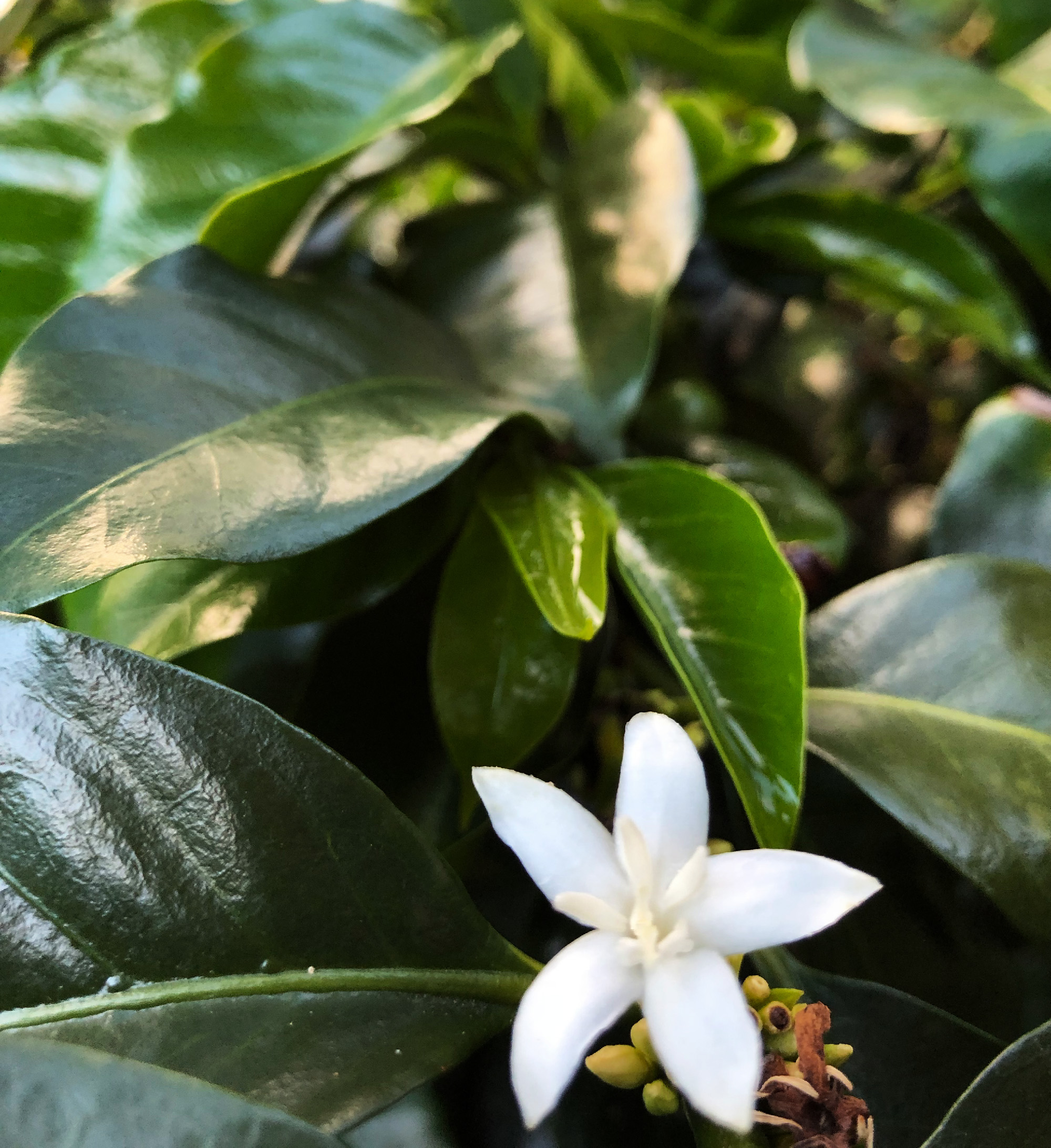In this video Hugo Luiz Portes da Silva explains how flowering fits into the coffee plant’s phenological cycle, as he walks through the hedge rows of coffee plants in Minas Gerais, Brazil.
Most Arabica coffee trees in cultivation around the world are no more than three or four generations from the wild. What this means is that many features of coffee’s physiology resemble the phenotypes of the Ethiopian landrace varieties from the wild forests. That means they still favour the types of environment found in the cool understory of the wild forests which historically have experienced a winter dry season (M.G.R. Cannel, 1985).
Selected sun adapter cultivars under intensive management conditions have allowed arabica coffee plantations to be spread to marginal regions with average temperatures as high as 24–25ºC, such as in northeastern Brazil (DaMatta and Ramalho, 2006). On the other hand, in regions with a mean annual temperature below 17–18ºC, growth is largely depressed (DaMatta et aI, 2007). The optimum terroir for arabica coffee is relatively confined to areas that resemble the terroir of the wild forest of Ethiopia and in the same way the anatomy of coffee around the world remain quite similar to landraces from the cloud forests of South Sudan’s Boma plateau and the Ethiopian highlands.
Leaves
The leaves of coffee plants are shiny and usually dark green in colour. The leaves have ruffled edges that look like edges of a Kalita wave filter paper. The leaves are usually located in pairs along straight branches. Plants tend to shed leaves by the end of the dry season coinciding with the harvesting period. The leaves of coffee plants don’t react very well to wind stress. High winds can lead to a reduction of leaf area and a shortening of the internode length of the branches. Mature leaves will often reach around 15cm in length (Caramori et al., 1986 and DaMattaI, 2007).
 Photo by Petra Vesela
Photo by Petra Vesela